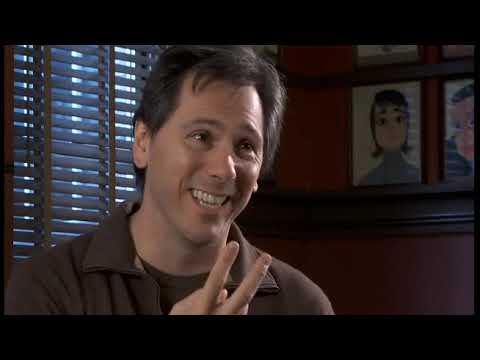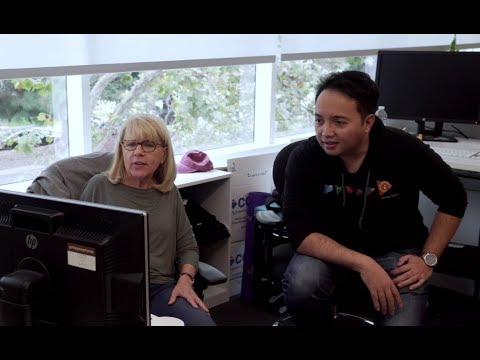High-Paying Fight Director Career: Job Description & Salary

Fight Director Job Description Template
Fight Director Job Description A fight director is a highly skilled professional who is responsible for designing and choreographing fight scenes for various forms of entertainment, including film, television, theater, and live performances. They work closely with directors, actors, and stunt coordinators to ensure the safety and effectiveness of the fight sequences. The main responsibilities of a fight director include creating realistic and dynamic fight scenes that enhance the storytelling and character development, while also prioritizing the safety of the performers. They must have a deep understanding of different fighting styles, weapons, and combat techniques, and be able to effectively communicate and teach these skills to actors. In addition to choreographing fight scenes, a fight director is also responsible for coordinating rehearsals and training sessions, ensuring that all performers are properly prepared and comfortable with the choreography. They may also be involved in selecting and maintaining the necessary props, weapons, and safety equipment required for the fight scenes. Two important skills for a fight director: 1. Creativity: A fight director must have a creative mindset to design unique and visually appealing fight scenes that suit the specific needs of the production. They should be able to think outside the box and come up with innovative ways to tell a story through physical combat. 2. Safety Awareness: Safety is of utmost importance in fight scenes, as performers are at risk of injury during intense physical sequences. A fight director must have a strong understanding of safety protocols, risk assessment, and injury prevention techniques. They should be able to create fight choreography that minimizes the risk of accidents while still maintaining the desired level of excitement and realism. Overall, a fight director plays a crucial role in bringing fight scenes to life and ensuring the safety and artistic integrity of the production.Fight Director Responsibilities
Fight Director Requirements
How Much Does A Fight Director Make?
Fight Director Salary
| Experience Level | Annual Salary |
|---|---|
| Entry Level | $30,000 – $50,000 |
| Mid-Level | $50,000 – $70,000 |
| Experienced | $70,000 – $100,000 |
| Senior | $100,000+ |
A fight director is responsible for choreographing and coordinating fight scenes in theatrical productions, film, or television. They work closely with directors, actors, and other production staff to ensure the safety and effectiveness of fight sequences. The salary of a fight director varies depending on their experience level. Entry-level fight directors can expect to earn an annual salary ranging from $30,000 to $50,000. As they gain more experience and expertise, their salary can increase to $50,000 – $70,000 for mid-level positions, $70,000 – $100,000 for experienced fight directors, and $100,000 or more for senior fight directors.
Fight Director Salaries by Country
Top Paying Countries for Fight Director
| Country | Average Salary (USD) |
|---|---|
| United States | $70,000 |
| Canada | $60,000 |
| United Kingdom | $55,000 |
| Australia | $50,000 |
| Germany | $45,000 |
A fight director is responsible for choreographing and coordinating fight scenes in various forms of entertainment, such as films, TV shows, and theatrical productions. The salary of a fight director can vary significantly depending on the country they work in.
According to the table above, the top paying countries for fight directors are the United States, Canada, United Kingdom, Australia, and Germany. In the United States, fight directors earn an average salary of $70,000 per year, making it the highest paying country for this profession.
It’s important to note that these salary figures are averages and can vary based on factors such as experience, demand, and the scale of the production. Additionally, local industry standards and cost of living may also influence the salaries offered to fight directors in different countries.
A video on the topic Fight Director
Video Source : American Theatre WingInterview Questions for Fight Director
1. What is the role of a Fight Director in a production?
A Fight Director is responsible for choreographing and coordinating stage combat scenes in a production. They ensure the safety of the actors and create realistic fight sequences that enhance the storytelling.
2. What qualifications or training do you need to become a Fight Director?
To become a Fight Director, it is essential to have extensive training in stage combat techniques and safety protocols. Many Fight Directors have backgrounds in martial arts, fencing, or theater. Certification from recognized organizations such as the Society of American Fight Directors (SAFD) is also highly beneficial.
3. How do you ensure the safety of the actors during fight scenes?
Ensuring the safety of actors is the top priority for a Fight Director. They carefully plan and rehearse fight scenes, incorporating techniques that minimize the risk of injury. They also teach actors how to execute moves safely and use appropriate protective gear when necessary.
4. How do you approach choreographing fight scenes to make them look realistic?
To make fight scenes look realistic, a Fight Director considers the characters, their physical abilities, and the story being told. They work closely with the director and actors to create dynamic fight sequences that reflect the character’s intentions and emotions. Attention to detail, timing, and the use of effective stage combat techniques contribute to the realism.
5. Can you give an example of a challenging fight scene you have choreographed?
One challenging fight scene I choreographed was for a period drama where the characters were using swords. The scene required intricate swordplay and synchronized movements. We had to ensure the actors were comfortable with handling the weapons and executing the choreography safely while maintaining the intensity of the fight.
6. How do you collaborate with other members of the production team?
As a Fight Director, collaboration is key. I work closely with the director to understand their vision for the fight scenes and how they fit into the overall production. I also communicate with the stage manager, actors, and other technical staff to ensure everyone is on the same page and the fight scenes integrate seamlessly into the production.
7. How do you handle actors who are not comfortable with performing fight scenes?
If an actor is not comfortable with performing fight scenes, it is crucial to respect their boundaries and find alternative solutions. I would work with the actor to understand their concerns and find ways to modify or simplify the choreography without compromising the storytelling. Safety and the well-being of the actors always come first.
8. What is your approach to teaching stage combat techniques to actors?
When teaching stage combat techniques, I emphasize safety and proper execution. I break down the movements into manageable steps, ensuring actors understand the mechanics and purpose of each move. I also encourage open communication and provide constant feedback to help actors improve their technique and confidence.
9. How do you stay updated on the latest stage combat techniques and safety practices?
I continuously strive to stay updated on the latest stage combat techniques and safety practices by attending workshops, conferences, and training sessions offered by reputable organizations like the SAFD. I also keep myself informed through reading industry publications and engaging with other Fight Directors to exchange knowledge and experiences.
10. What advice would you give to aspiring Fight Directors?
My advice to aspiring Fight Directors would be to pursue comprehensive training in stage combat and seek opportunities to gain practical experience. Building a strong foundation in various combat styles and continuously honing your skills is essential. Networking with professionals in the industry and joining organizations like the SAFD can also provide valuable connections and resources.






